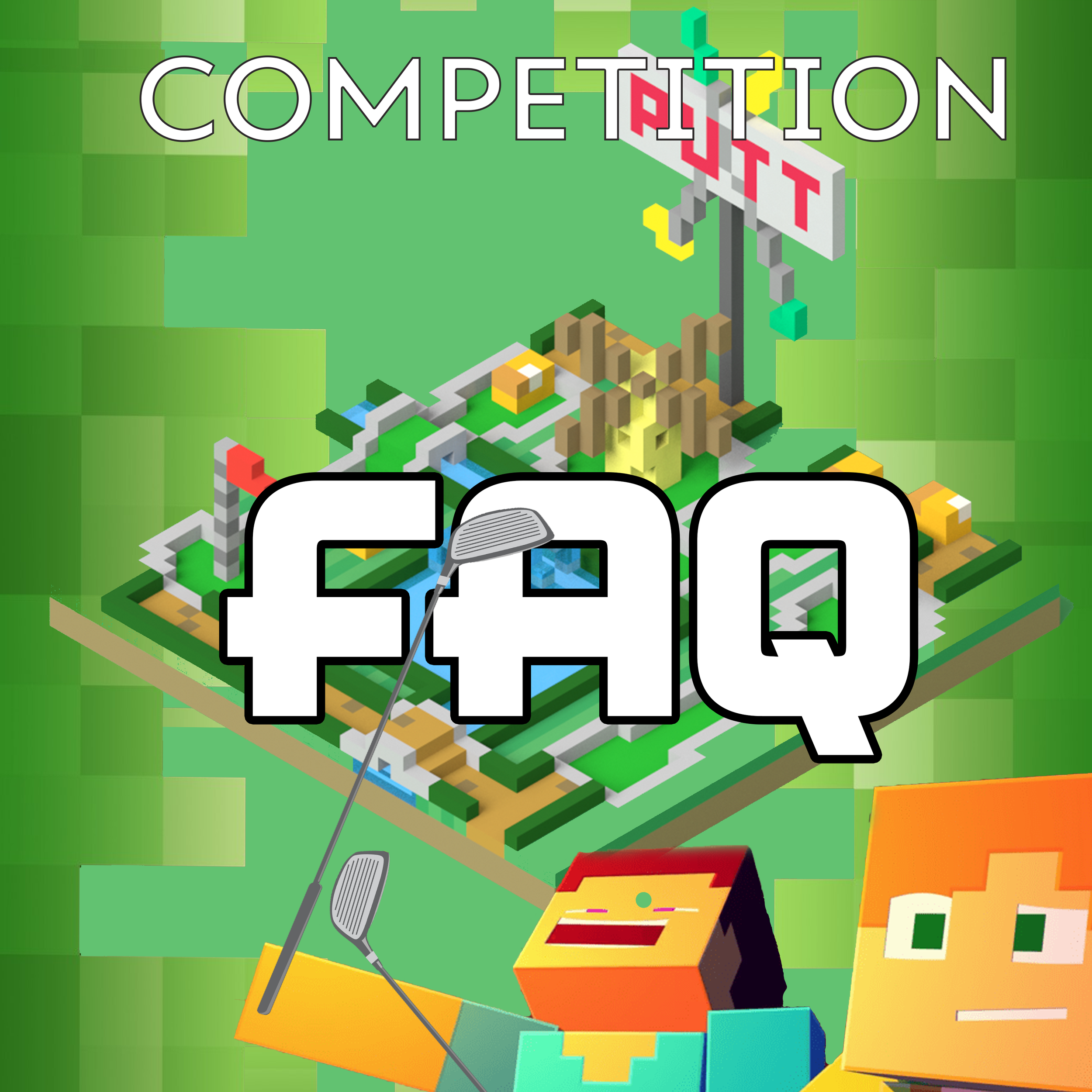Frequently Asked Questions
How do I play?
The premise of the games are Rube Goldberg type machines - but with a Golf-style start and finish.
The 'ball' can be any block to 'Tee-off' with but must be the same block to putt with into the hole. You can use a snowball for example to tee-off and putt with but can be anything in the flight in between tee-off and putting.
The flight is where the Rube Goldberg machines come into play and the total unnecessary energy and contraptions to make the new block(s) move in the craziest way imaginable.
So, the snowball (for example) can be launched onto a pressure plate to trigger arrows onto a target and so on, and so on until the dispenser launches a snowball into the hole to score.
The machines must be pretty precise to score points and the only rule is that command blocks are disallowed.
Do I need Minecraft Education Edition
Ideally, yes. You can use a workaround and edit in the likes of Amulet, then build in Bedrock. However, you’d need to downgrade the version to suit the build version of the current Education Edition.
If you do choose to use an editor, then you may need to check the blocks too so that they are compatible with Education Edition.
Please take time to build and test in unison as the errant blocks that are not Education compatible will cause errors especially if there are external .mcstructure type files being imported.
I don’t understand Redstone, how can I compete?
You don’t really need to know a massive amount of Redstone knowledge. Watching the likes of Mumbo Jumbo, on YouTube will get you in the swing of things. Start small and repeatable actions. Then try to learn about slime mechanics to make moveable objects.
Can I use an editor?
Simply, yes. As above, Amulet (my favourite) is a fantastic way to edit worlds especially if you have team mates who build machines and wish to import, due to them not being able to be live.
Can I be a team of 1 or 10?
There are no real lower or upper limits as to the team member numbers (lower than one would be difficult to pull off). But remember that the bigger then number of team members, the more need for superb teamwork.
As a teacher do I need to be an expert at Minecraft?
No! However, leaving it solely to your students would be as detrimental. If you’re a novice Minecrafter, then guiding teams to be better collaborators could be a better, less stressful option! If you can organise installations, timings and support then this is all you need to do as the students will take on the building and in-game problem solving.
Can we log in at home and play remotely?
Yes. If you use MS Teams, then you can send a link and join. If you’re on the higher subscription to M365 such as A3/ A5, then this is automatically adjusted to play player to player.
If you purchase MCEE seats, then you will need one seat to host on a server and children connect to this.
Ask your IT team to open ports: 25565 and 19132 so that there is a passthrough on your school's firewall. We had this initial issue.
If you use Teams to communicate, opening this to play first was a way to connect when we had purchased licenses mca##@patana.ac.th etc.with a separate login.
Once your IT team have opened the ports, try to connect to the PC running the world with a phone's hotspot or other non-school IP. The teams can then gauge connection at school.
One thing though, is that the logged in PC is on the same scips.as.th domain (or tenant as it's sometimes called), the children are logged in on the same domain. So it might look like this:
Child A: child...@scips.ac.th logged in with a purchased account (this could be mce...@scips.ac.th)
Child B: the same but maybe mce...@scips.ac.th
PC Back at school: mce##@scips.ac.th
With ports: 25565 and 19132 open.



